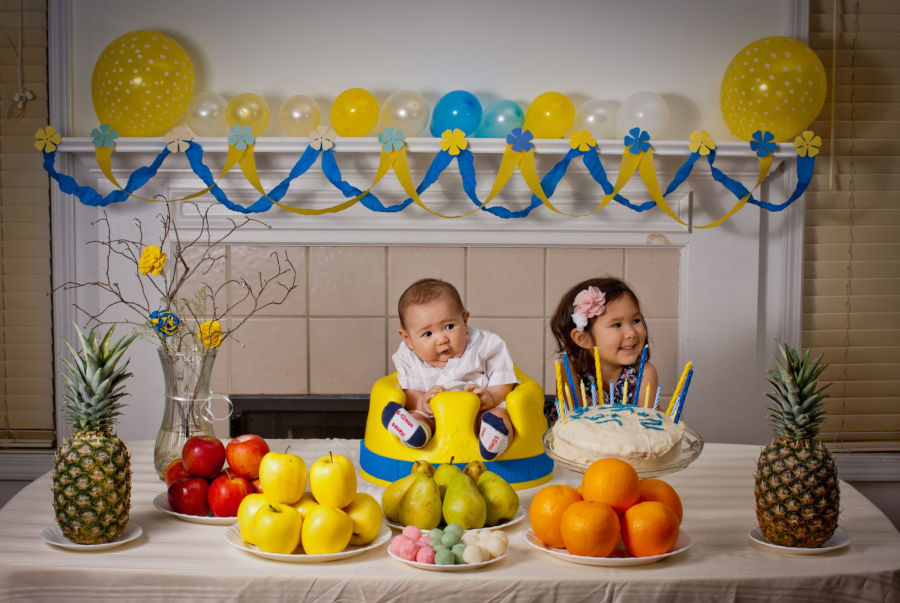Throughout the world, the number 100 is associated with perfection and wholeness. It seems natural that the number has long been associated with important milestones. People in Hong Kong, China, Korea, Japan, and Singapore hold a baby’s 100th day as an especially important occasion, and some even consider the 100-day mark as the baby’s first birthday.
Why and how is this milestone celebrated? The precise origins of the celebration are unknown, but many people believe it originated in Korea or China. Historically, it’s been a day to thank the gods for helping a baby to survive its vulnerable first period of life. Pragmatically, it’s also a day for people close to the family to meet the baby and to celebrate its entrance into the community. The day celebrates a “baby’s first of many firsts”.
Why do people celebrate a baby’s 100th day?
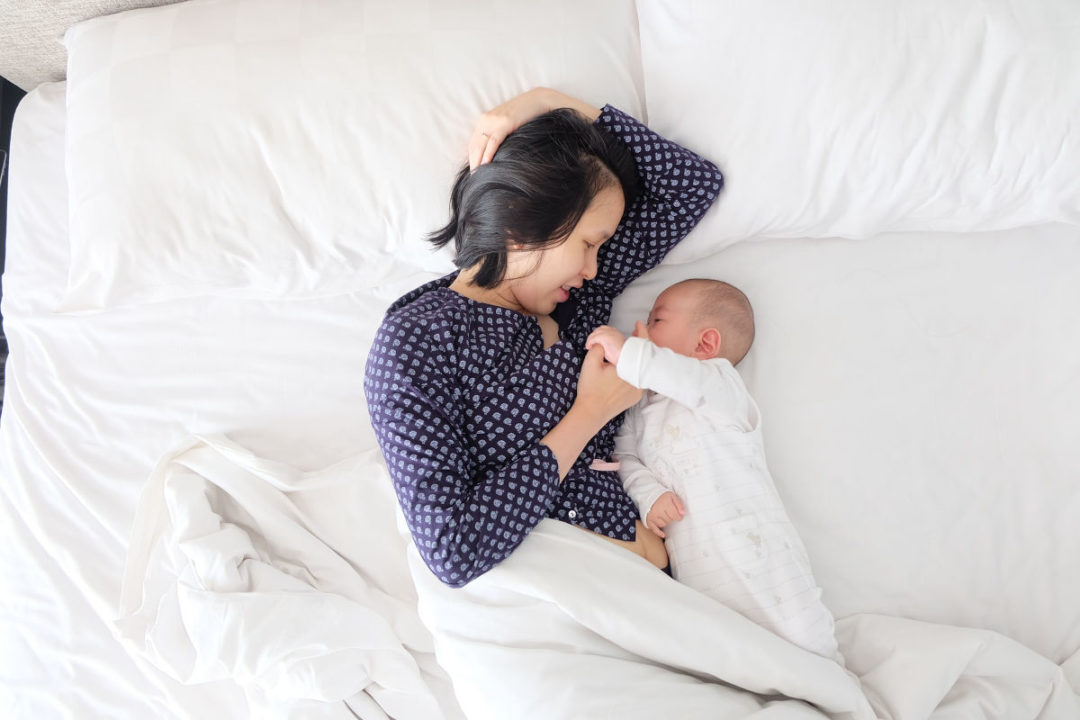
Infant survival rate used to be low in Korea and China, as hygienic conditions were poor back in the days, and early childhood disease was widespread. Babies were given time to strengthen their immune system by staying indoors for their first month. The 30th day was called the “full moon” day, or man yue (满月) and marked the end of the delicate newborn stage. In ancient times, the chance of a baby surviving its early infancy was so low that parents were reluctant to announce the birth before the child had survived a month. Some even believed that premature announcement could jinx the baby’s survival.
The mother was also believed to be vulnerable to illness after the strenuous process of giving birth, staying home with the baby and eating nutritious foods to heal, dispel air from her womb, and regulate her body’s temperature. This isolation was also an opportunity for the baby and parents to have intensive bonding time.
Today, it is more common to celebrate a child’s passing of the full moon on the 100th day. So the celebration can have different names: man yue party, 100th day party, or red egg and ginger party. The main theme of the celebration is of a new life entering society having overcome a period of physical vulnerability, and people close to the family participating in ensuring a successful, healthy, happy life for the baby. People with Chinese and Korean values believe that this is more likely to happen when the appropriate words are spoken, the correct behavior is exemplified, and proper ritual symbols are used throughout the celebration.
In modern Asian culture, the ways of celebrating a baby’s first phase of life has evolved to suit personal preferences and values. However, there are key customs that have traditionally been observed for the 100th day celebration.
How do people celebrate the 100th day?
At the beginning of the day, the mother historically took her first bath after giving birth in water steeped in pomelo leaves. Having an immersive bath in the first month after childbirth was considered unhygienic. In modern practice, this bath is more symbolic than literal.
The baby receives their first haircut on this day. Traditionally, the baby’s head was fully shaved and the hair carefully made into an ink brush called tai mao bi (胎毛笔) as a keepsake. Today, many parents prefer to simply cut a small piece of the baby’s hair in a nod to the tradition. After the haircut, the baby is also given their symbolic first bath. They are bathed in water along with pomelo leaves, hard-boiled eggs, coins, and flowers to wash away bad luck.
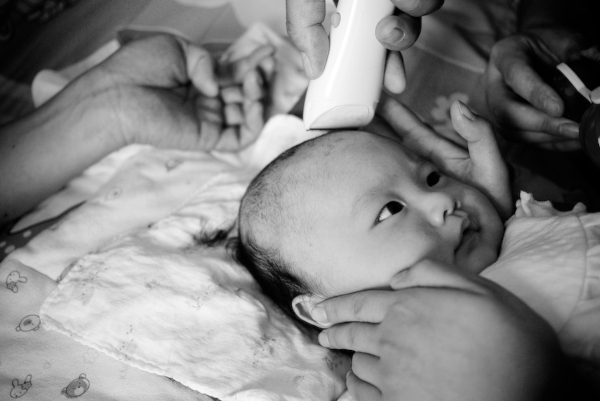
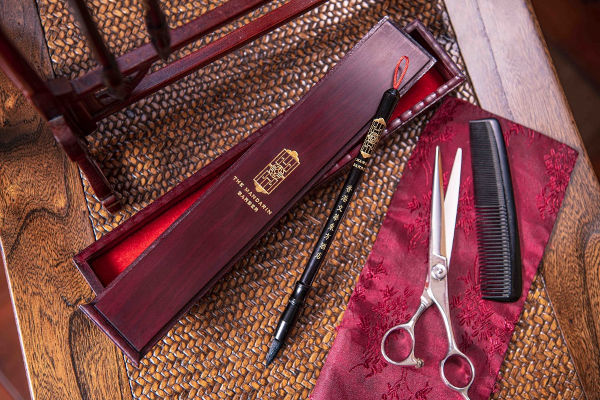
The baby and mother are dressed in new, red clothing. The baby is also gifted with gold jewelry to wear to their party, commonly a longevity lock. Similarly, party guests know to wear red which represents happiness and prosperity, rather than black and white which are mourning colors.
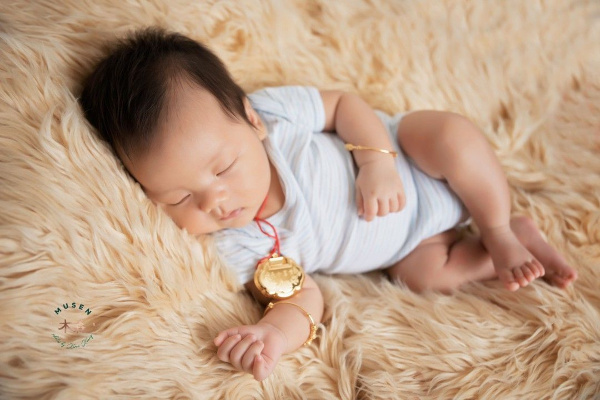
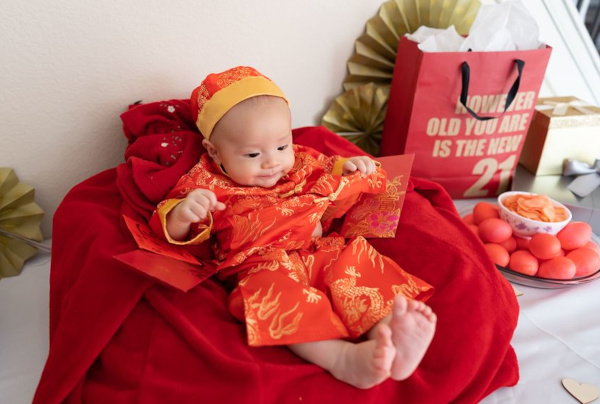
In Buddhist and Taoist families, incense is burned and food offerings are made. This is done to inform the home’s deities of the new addition to the family, to show gratitude for taking care of the mom and baby, and to pray for protection over the baby.
At the party, the baby’s name is formally announced. If their name hasn’t been decided yet, it is done so at the celebration by the paternal grandfather. This decision is important because a person’s name is believed to determine their characteristics.
Bao, chicken, glutinous rice dishes, and pig’s trotters are served as part of the meal. Pickled ginger is a significant dish because the Cantonese word for “sour” sounds like the word for grandchildren, symbolizing another wish for a future large, happy family.
Guests receive red hard-boiled eggs as presents, which represent fertility and renewal of life. The round shape itself represents harmony and unity (hence the alternative name “red egg and ginger party”). In return, guests give the family hong bao, more gold jewelry, jade in the shape of the child’s astrology sign, peachwood ornaments, or other practical newborn supplies like clothes and diapers. Objects like scissors, clocks, and pears have negative connotations in Chinese culture and are mindfully avoided when giving gifts.
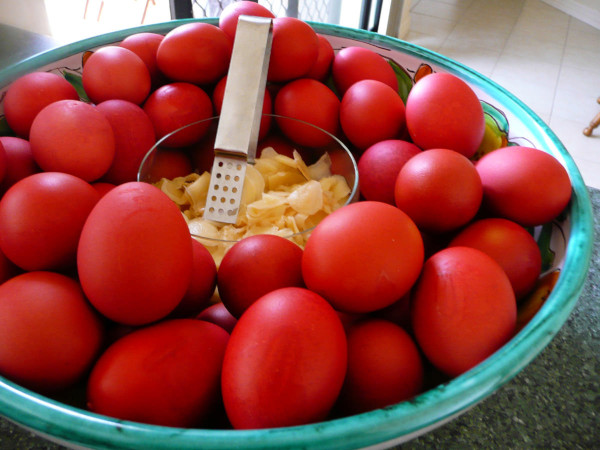
Which cultures celebrate the 100th day?
Japanese and Singaporeans also celebrate this milestone in an infant’s life.
In Japan, a “first eating ceremony” called okuizome is held where the baby is fed rice, soup, fish, and boiled vegetables by the oldest member of the family.
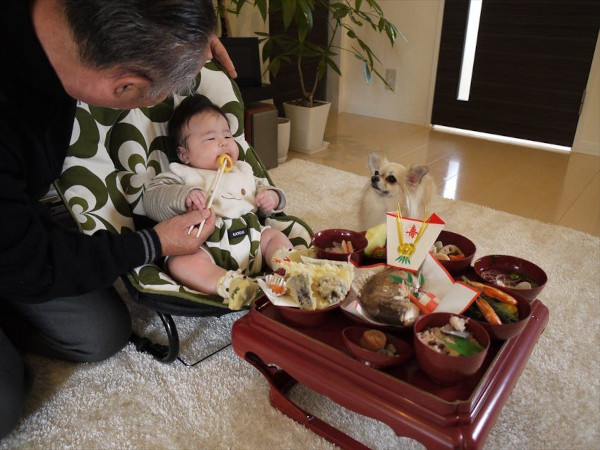
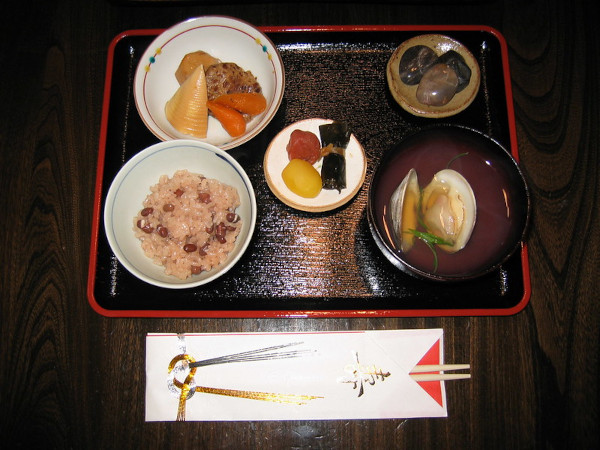
In Singapore, a traditional food eaten at parties or given as gifts is ang ku kueh, an Indonesian red tortoise cake. The cake is made with sticky glutinous rice flour, filled with a sweet filling like mung bean paste, and presented on a banana leaf square.
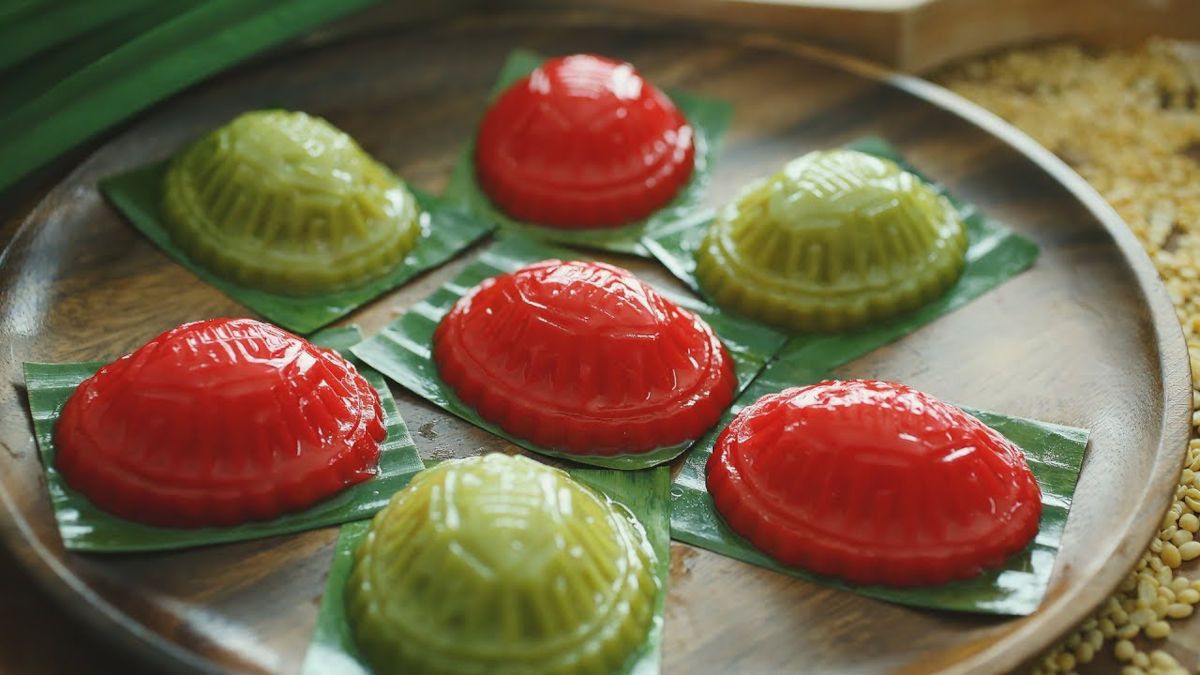
On baek-il (100-day celebration) in Korea, the family offers rice and sea mustard soup to Samshin, the shaman spirit of childbirth, for helping mom and child survive the hard first 100 days. Different types of tteok (rice cakes), are prepared: white steamed rice cake (baekseolgi), rice cake balls filled with red bean paste (susugyeongdan), and 5-color half-moon rice cakes (osaek songpyeon). Baekseolgi symbolize holiness and the 5-color cakes symbolize harmony. These tteok are shared with neighbors and also placed in the four cardinal directions in the house to promote protection for the baby. Adversely, if the baby were to be sick on its 100th day, celebrations are avoided as that would be considered bad luck.
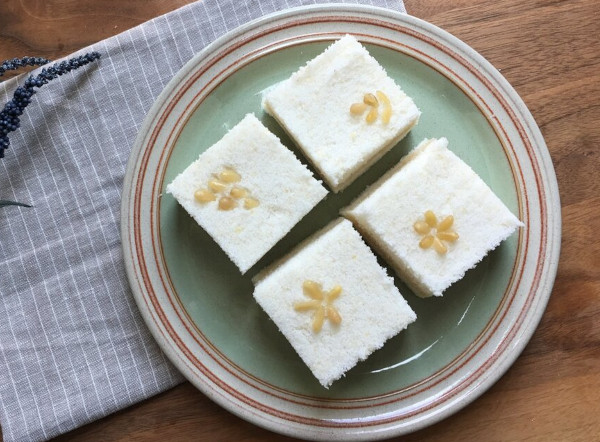
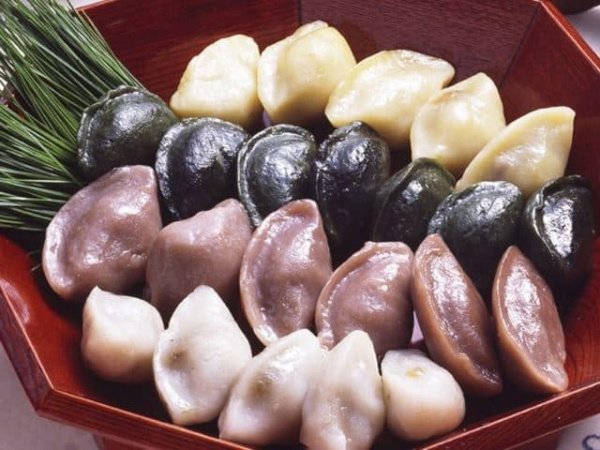
How is man yue celebrated differently today?
With modern medicinal advancements, the practices associated with this celebration are not as highly motivated by traditional belief in the divine help of the childbirth/prosperity gods as they used to be.
“Roots-seeking millennials” are creating modern-traditional hybrids of the 100th day celebration, hosting parties in cafes and hotel ballrooms, hiring magicians, serving food like canapés and Disney-themed desserts, and giving out gift bags with non-traditional items like family portraits. Yet the 100th day celebration remains a significant day for the unveiling of a child to the world, and for the support network surrounding a family to celebrate its new life together.


